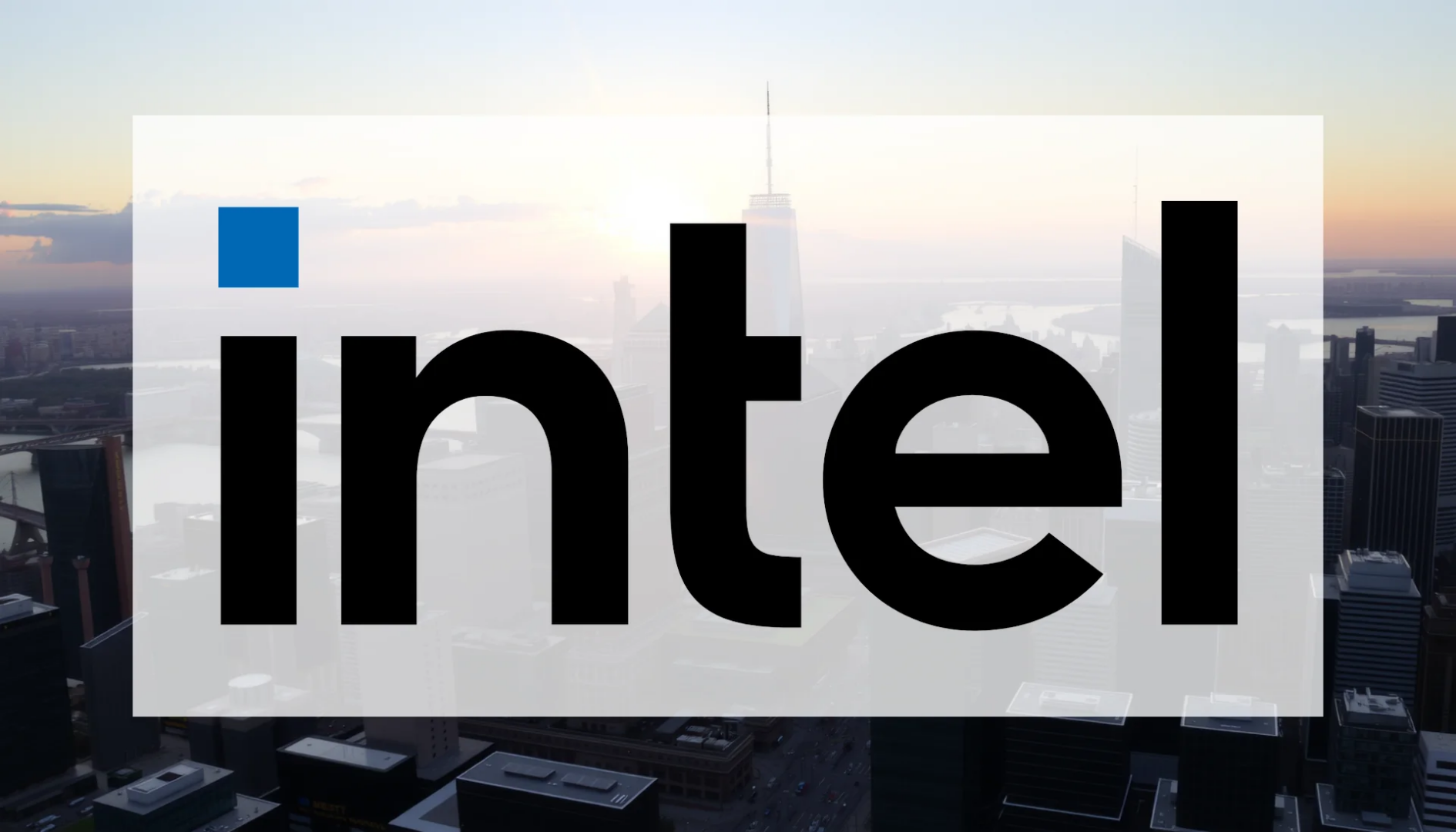Intel continues its aggressive cost-cutting campaign, but investor confidence remains elusive. As the semiconductor pioneer announces further workforce reductions, market analysts grow increasingly skeptical about the company’s ability to compete effectively against rivals Nvidia and AMD. The once-dominant player in the AI chip market now faces mounting challenges despite its austerity measures.
Wall Street Turns Bearish on Recovery Prospects
Market sentiment toward Intel has deteriorated significantly, with multiple analyst downgrades hitting the stock on Thursday. Financial experts question whether recent price gains can be sustained, pointing to an average price target of just $34.84—below current trading levels.
The recommendation landscape appears particularly grim: only 2 “buy” ratings stand against 8 “sell” recommendations and 23 “hold” assessments. Professional analysts are criticizing what they describe as “excessive market optimism” and noting insufficient progress in the company’s restructuring efforts.
Oregon Facilities Face Deepest Job Cuts
The chipmaker disclosed Thursday that it will eliminate 669 additional positions at its Hillsboro and Aloha facilities, bringing total 2025 workforce reductions in Oregon alone to more than 3,000. Manufacturing operations are bearing the brunt of these cuts, with over 300 plant employees scheduled to lose their positions before year-end.
Under the leadership of CEO Lip-Bu Tan, who assumed control in March 2025, Intel has prioritized strict cost discipline. However, these substantial workforce reductions have yet to demonstrate meaningful impact in closing the competitive gap with industry rivals.
Should investors sell immediately? Or is it worth buying Intel?
Financial Performance Reveals Structural Weaknesses
Recent quarterly results highlight fundamental challenges within Intel’s operations. The company reported revenue of $13.7 billion but managed only a razor-thin profit margin of 0.37 percent. More concerning still, return on equity has slipped into negative territory.
Even the much-touted foundry business, considered central to Intel’s turnaround strategy, shows signs of struggle. This division generated $4.2 billion in third-quarter revenue, representing a 4 percent decline compared to the previous quarter. Technological delays and production complications continue to hamper Intel’s ability to compete effectively with industry leader TSMC.
Long Road to Recovery Ahead
The persistent workforce reductions indicate that Intel’s operational restructuring remains in its early stages. While the planned Panther Lake processors scheduled for 2026 are expected to provide a technological breakthrough, market observers maintain a cautious outlook.
The combination of analyst skepticism and ongoing organizational changes suggests a protracted and challenging recovery path. For investors, Intel shares continue to represent a high-risk proposition with uncertain prospects for regaining technological leadership in the semiconductor sector.
Ad
Intel Stock: Buy or Sell?! New Intel Analysis from November 15 delivers the answer:
The latest Intel figures speak for themselves: Urgent action needed for Intel investors. Is it worth buying or should you sell? Find out what to do now in the current free analysis from November 15.
Intel: Buy or sell? Read more here...










